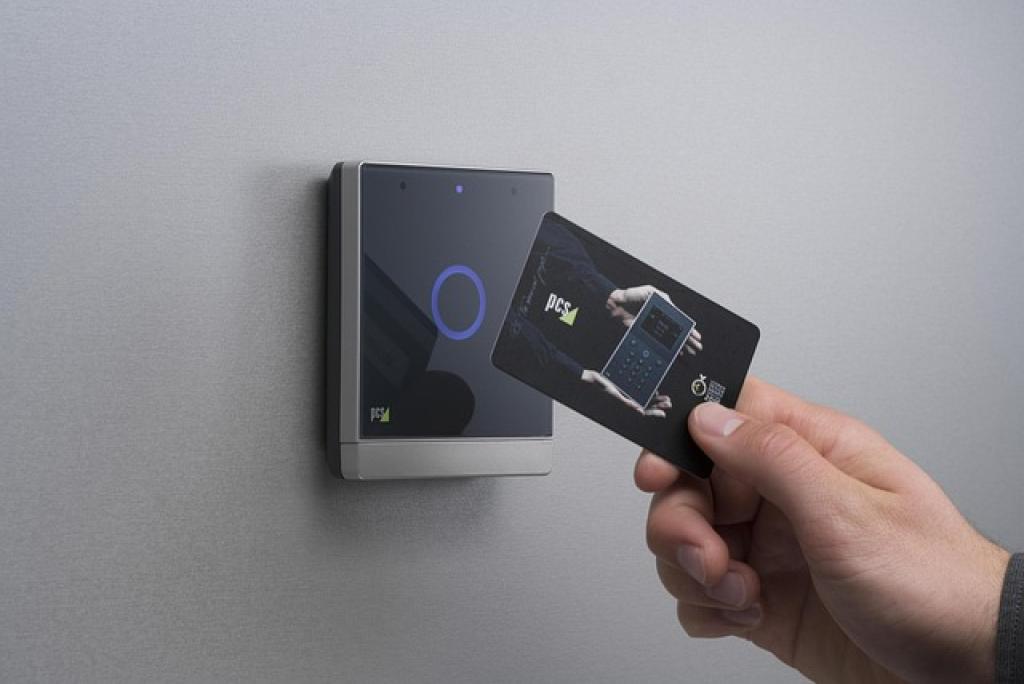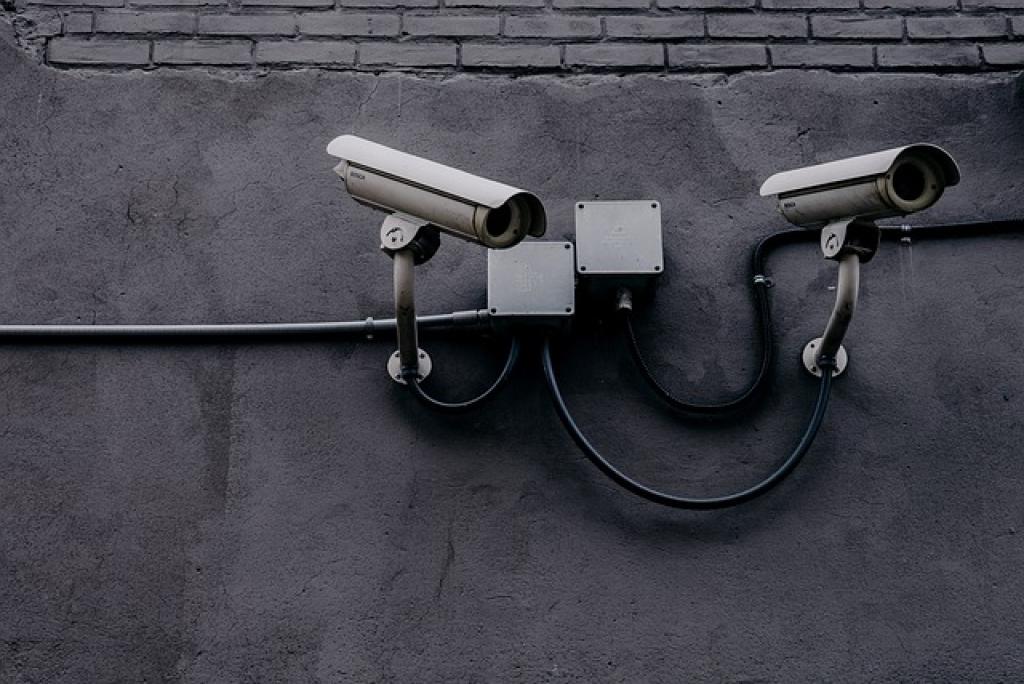
Enhance Access Control Through On-Site Security Measures
In today’s world, where safeguarding sensitive information and protecting physical assets are paramount, enhancing access control through on-site security measures is more critical than ever. Proper security protocols not only deter potential threats but also ensure peace of mind for businesses and individuals alike.
Effective on-site security is an intricate blend of technology and human vigilance. From smart locks and biometric systems to dedicated security personnel, there’s a wealth of options available to bolster your access control measures. Each method, however, comes with its own set of advantages and challenges that need to be carefully considered.
Ultimately, the goal is to create a secure environment that aligns with your specific needs and budget while remaining adaptable to future threats. Let’s explore how to enhance your access control system through proactive, on-site security strategies that keep your premises safe and secure.
Understanding the Importance of Access Control
In the realm of security, access control serves as the frontline defense against unauthorized entry. It dictates who can enter, when they can enter, and what areas they can access, creating a secure boundary that protects your assets.
Access control is about more than just physical barriers; it ensures operational efficiency and protects sensitive information. By regulating access, businesses can maintain a safe work environment, prevent data breaches, and deter theft.
Ensuring Compliance and Safety
Many industries are governed by strict compliance and safety regulations. Access control systems help businesses adhere to these standards by systematically logging entries and maintaining detailed access records.
This documentation not only safeguards against potential liabilities but also provides valuable insights into movement patterns, helping to identify any unusual or suspicious activities.
Adapting to Evolving Threats
Security threats are constantly evolving, which means access control measures must be adaptable. Systems that integrate with the latest technology, like AI and IoT, provide dynamic solutions that address emerging challenges.
By prioritizing access control, organizations can proactively manage risks, ensuring a secure and resilient environment for their operations and personnel.
Designing a Comprehensive Security Plan
Crafting a robust security plan begins with a thorough assessment of potential vulnerabilities. A comprehensive audit of your facilities identifies weak points and lays the groundwork for an effective access control strategy.
Tailoring Solutions to Fit Your Needs
No two sites are alike, and security measures must be tailored to fit the unique requirements of the location. Understanding the specific challenges and risks associated with your environment helps in selecting the most appropriate technologies and protocols.
Consider factors like foot traffic, the value of the assets on-site, and the sensitivity of information that may be accessible. This will guide your choice of security measures, from keycards and biometric scanning to more traditional locks and physical barriers.
Communication is Key
A well-designed security plan is not just about technology; it involves people and processes. Effective communication and training ensure that everyone understands their role in maintaining security and can respond appropriately in an emergency.
Regular drills and updates to security policies keep your team prepared and your plan up to date. By fostering a security-conscious culture, you create a first line of defense that is engaged and responsive.
Ultimately, a comprehensive security plan is proactive and preventive, designed to adapt to new threats and provide lasting peace of mind.
Implementing Physical Barriers and Monitoring Systems
Physical barriers are crucial components in the architecture of a secure environment. They act as the first line of defense, deterring unauthorized individuals and restricting access to sensitive areas. Fences, gates, and bollards are foundational elements that protect against physical breaches.
Strategic Placement for Maximum Security
The strategic placement of these barriers can significantly enhance their effectiveness. By analyzing entry points and high-traffic areas, you can determine the optimal locations for barriers to maximize coverage and minimize vulnerability.
Monitoring systems, such as CCTV cameras, complement physical barriers by providing real-time surveillance. These systems allow for continuous observation of key areas, enabling immediate response to any security incidents.
Integrating Technology with Tradition
Combining traditional physical security with advanced monitoring technologies offers a robust security solution. Modern systems can include motion detectors, infrared sensors, and smart cameras that provide alerts and analytics.
Integrating these technologies into your security plan can help you identify and address potential threats before they escalate. Remote access to monitoring feeds also allows for oversight and response, even from a distance.
Together, physical barriers and monitoring systems create a tangible and psychological deterrent, offering a comprehensive approach to site security. This layered defense strategy ensures a resilient and responsive security posture.
Training Staff on Access Control Procedures
A comprehensive security plan is only as strong as the people who implement it. Training staff on access control procedures is critical to ensure that everyone understands their roles and responsibilities in maintaining a secure environment.
Staff training should begin with an overview of the access control systems in place, highlighting the importance of each component. This includes familiarization with technologies like keycard systems, biometric scanners, and monitoring equipment.
Conduct regular workshops and drills to reinforce proper procedures and emergency responses. This continuous education helps to keep your team engaged, informed, and prepared to face any security challenges confidently.
Clear communication is essential. Ensure all staff members know whom to report to and how to escalate security issues. Encouraging open dialogue about security concerns can lead to improvements in protocols and technology.
By investing in staff training, you cultivate a culture of security awareness and diligence. Empowering employees with knowledge and confidence not only enhances their capability but also contributes to the overall effectiveness of your access control measures.
Regular Maintenance and Evaluation of Security Measures
Security measures are not a one-time installation; they require regular maintenance and evaluation to remain effective. Routine checks ensure that all components of your security system are functioning optimally, reducing the risk of failure.
Start by scheduling regular inspections of physical barriers, ensuring they remain intact and do not show signs of wear and tear. This also includes testing electronic systems like alarms, cameras, and access control devices to verify they are operating correctly.
Evaluation is equally important. Periodically reviewing your security systems helps identify potential weaknesses or outdated elements that need enhancement. Stay informed about the latest advancements in security technology to keep your measures up to date.
Engage with your security team and gather feedback from staff members on the ground. Their insights can reveal areas for improvement that may not be immediately apparent. Additionally, conducting occasional audits by third-party security experts can provide an unbiased assessment of your security posture.
By committing to regular maintenance and evaluations, you ensure that your security measures remain robust and responsive, thereby securing the integrity of your access control strategy.
The Bottom Line: Enhancing Access Control Effectively
Effectively enhancing access control is a multifaceted process that requires a strategic blend of technology, human vigilance, and continuous adaptation. By understanding the importance of access control and tailoring your approach to the unique needs of your environment, you lay a solid foundation for security.
Designing a comprehensive security plan is key, as it helps address potential vulnerabilities through thorough assessment. Selecting the right combination of physical barriers and monitoring systems ensures a robust, layered defense capable of deterring unauthorized access.
Equally important is the training of staff on access control procedures. By equipping your team with the necessary knowledge and skills, you foster a security-conscious culture that empowers individuals to actively contribute to security measures.
Additionally, regular maintenance and evaluation of your security systems guard against complacency, ensuring that your measures remain current and effective in thwarting potential threats.
Incorporating these elements results in a dynamic and resilient access control system that is not only protective but also adaptable to change. As security challenges continue to evolve, being proactive rather than reactive will keep your assets and information safe.
The goal is to create an environment where security measures work seamlessly and effectively, providing peace of mind for businesses and individuals. Embrace this collaborative approach, and you’ll ensure that your access control remains a strong and dependable part of your security infrastructure.


